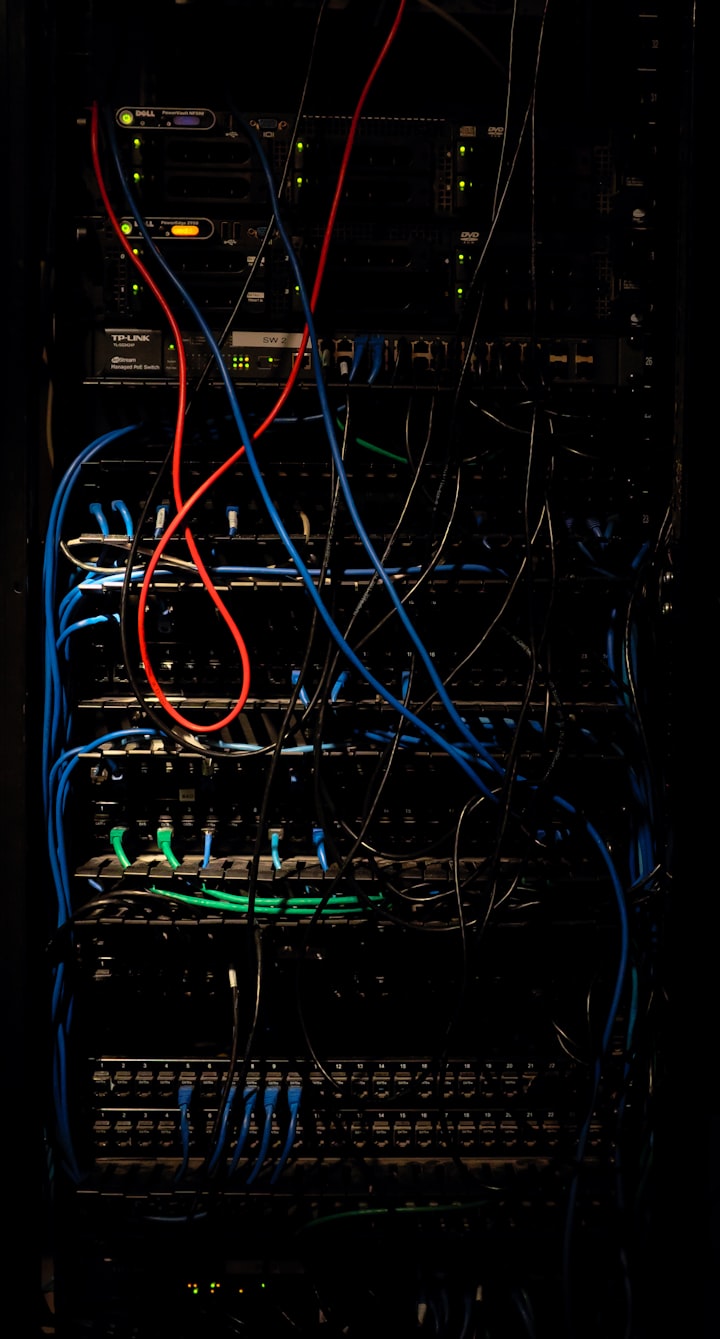9 Technology Advancements That Are Changing the Construction Industry
Check out these advancements that affect the construction industry.

Most people probably do not think of the construction industry as being on the cutting edge of technology. However, due to the frequent changes in regulations and unique problems the industry must learn to confront, the industry is constantly innovating. These are nine of the technological advances that are changing the construction industry.
1. Scheduling Software
Construction businesses work with a lot of heavy machinery and supplies, such as concrete and steel; however, they also have to be good at managing people. Construction scheduling software is replacing manual record-keeping as a way to track human resources on the job from a mobile smartphone. In addition to tracking time spent on different jobs, the GPS features make it easy for management to locate and communicate with workers. The data from this app makes it possible to more accurately calculate job costs, eliminates the need for paper time cards and helps management more efficiently allocate resources.
2. LiDAR
Light detection and ranging sensors mounted on construction equipment can be used to scan worksites and generate high-resolution, real-time, 3D images. These images make it possible for workers to perform tasks from a safe distance, which can greatly decrease the chances of accidents and injuries occurring on dangerous jobs, such as logging.
3. Robot Swarms
Robot swarms are composed of hundreds of very small robots, designed to work together. These robots can be used to complete dangerous tasks, such as performing repairs in flooded locations or working on structures that are difficult for human workers to access.
4. Robot Laborers
Due to worldwide labor shortages, Japanese researchers have invented humanoid robots that can complete basic tasks, such as installing drywall, without human input. Robot workers are also being used for tasks such as masonry and tying rebar. While the use of robot workers creates concerns for job loss among human workers, it also makes it possible to remove human laborers from dangerous tasks and complete some tasks more efficiently. Industry leaders have been attempting to compensate for lost jobs by encouraging companies to retrain workers to perform other tasks.
5. Drones
The use of construction drones has increased rapidly over the past five years. Drones are used to monitor worksites, complete topographical maps and obtain difficult or dangerous measurements. It is estimated that the use of drones has improved safety on construction sites by as much as 55%.
6. SmartBoots
SmartBoots are wearable technology that can track worker fatigue, communicate with heavy equipment to prevent accidents and notify first responders when an emergency has occurred. The workers' own steps provide power to the boots. The equipped RFID devices make it possible for site managers to receive notifications when workers enter a site and automatically assign tasks to them.
7. Augmented and Virtual Reality
Virtual reality has become a popular technology in the entertainment industry but it also has practical applications. Construction companies can now use virtual reality applications to train employees by running lifelike simulations. Augmented reality applications, which overlay digital images onto the real world, make it easier for workers to view plans and data onsite by wearing smart glasses or using a smartphone.
8. Artificial Intelligence
AI assistants, such as ALICE, can be used to evaluate millions of data points and generate schedules that have been optimized for cost and time. Because AI applications can learn and adapt, the assistant can modify plans as the project progresses to account for changing circumstances.
9. Material Advancements
High-tech building materials are being used to make construction projects more sustainable, less harmful to the environment and more cost-effective. Examples include, self-healing concrete that can automatically fix cracks and be used for up to 200 years without replacement.
Technology innovations in the construction industry have created some concerns for job loss and the need for worker retraining. However, they have also increased worker safety, made projects previously impossible to accomplish with human labor possible and improved overall industry efficiency.






Comments
There are no comments for this story
Be the first to respond and start the conversation.